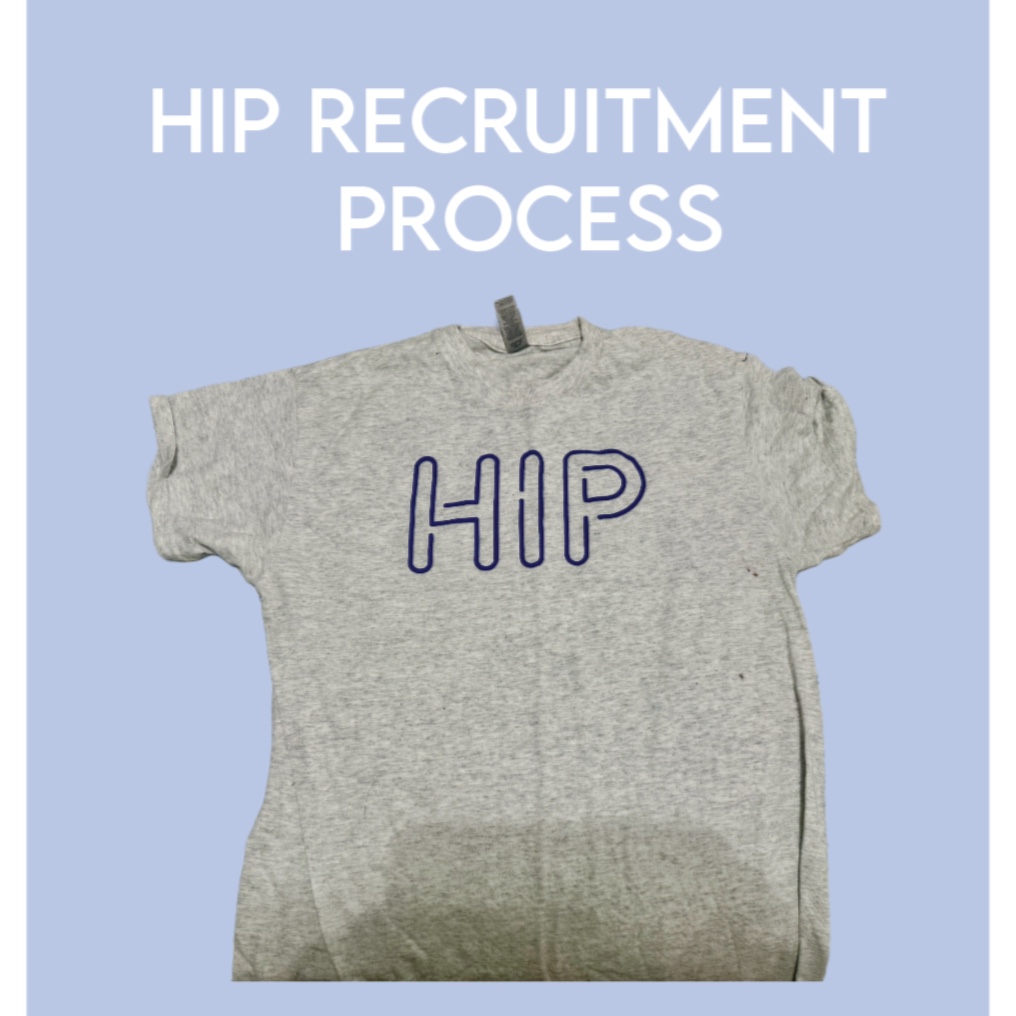How To Approach Curricular Projects
November 26, 2017
Big assignments and projects are extremely daunting for any high school student. Phrases such as, “Research paper due next week!”, or “We’re starting a project!” instantly activate a panic attack within them. Lengthy and strenuous assignments appearing as monstrosities give students little motivation to complete them.
According to the Children’s Hospital of Philadelphia, teenagers have trouble completing heavier schoolwork because they constantly juggle multiple classes and assignments. However, with a few key steps, this can be tackled, or at least seem a little more manageable.
What makes big assignments so stressful is the key word “big.” So naturally, large assignments and projects need to be broken down. According to a Life Hacker article, when overwhelming work becomes something small you can focus on, it becomes much easier to tackle and your focused-brain can hone in on exactly what you need to do.
But how can projects be broken up into smaller tasks? According to the book The 7 Habits of Highly Effective People written by Steven Covey, tasks should be organized based on their importance and urgency. Prioritization is crucial. According to a College Info Geek article referencing Covey, this can be determined by using his Impact/Effort matrix, in which tasks of a project are scored based on their importance to the overall product. Grading criteria and overall percentages-worth should be considered.
After the assignment is broken up into importance-ranked sections, the difficult parts of the overall project should be tackled first. This identifies what will require the most effort and attention. According to College Info Geek, leaving the simpler tasks will be easier to handle when you are feeling drained.
Another Life Hacker article suggested identifying the times of day at which you are most focused, and center your daily schedule around that. Whether you work better at dawn or dusk, this greatly impacts productivity.
There are many other methods to enhance productivity. The Pomodoro Technique, created by Francesco Cirillo in 1992, consists of choosing a task, setting a timer for 25 minutes and working non-stop straight through that amount of time, and taking a short five minute break afterwards.
The ultimate goal when working effectively is to eliminate outside distractions. In the technological-centered world we live in today, this can be incredibly difficult. It seems impossible to ignore the ding of a text message, but it is crucial to do so. Being productive can sometimes just take turning off the Netflix and cell phone.
Every task completed is a milestone, and students need to recognize that. Inc. 500 entrepreneur and best-selling author Kevin Daum stated in an Inc. article that people should start rewarding themselves for each milestone hit while working on a project. This creates a motivation highly necessary to fully finish an assignment.
Large, often demanding assignments, are simply an inescapable part of student life. Teachers will never stop assigning huge projects or papers, so it is crucial that students learn how to deal with them and succeed.









